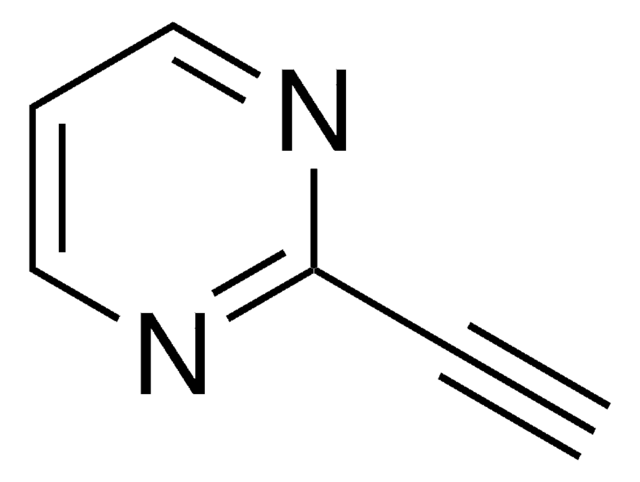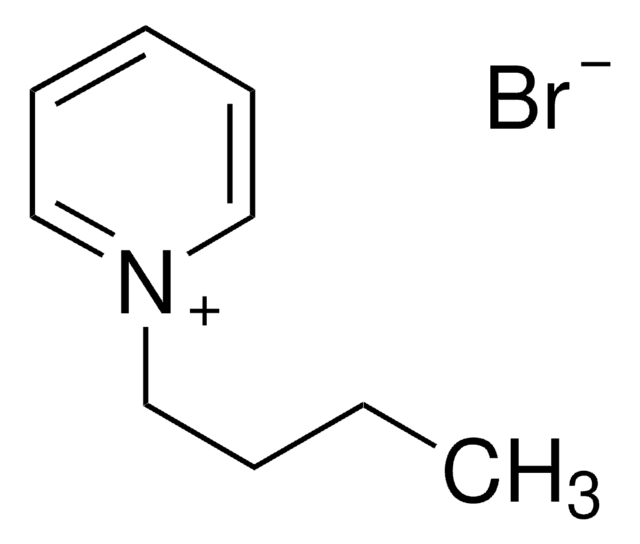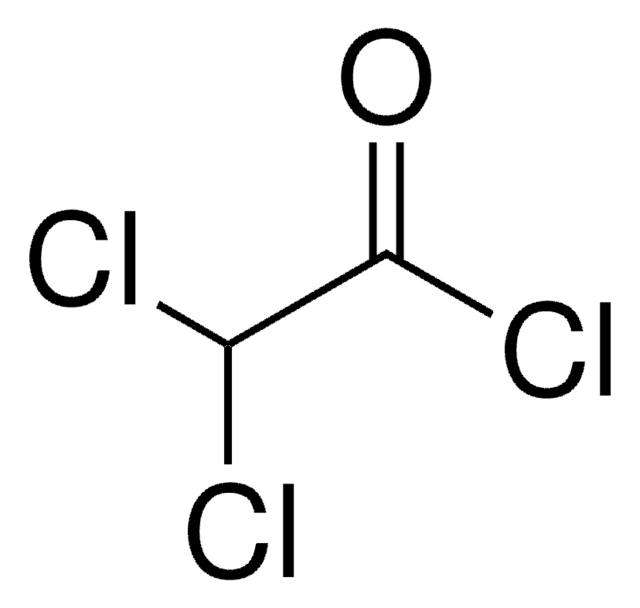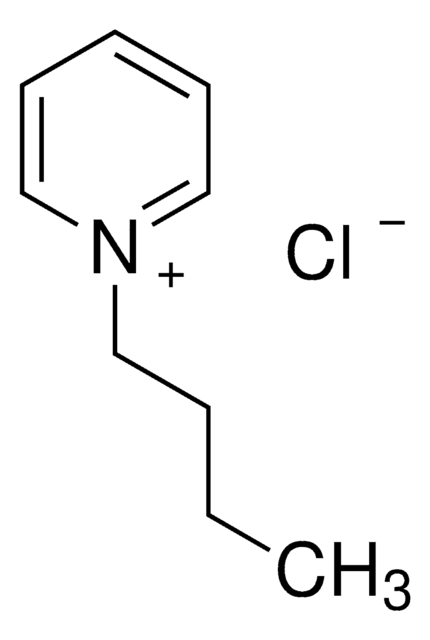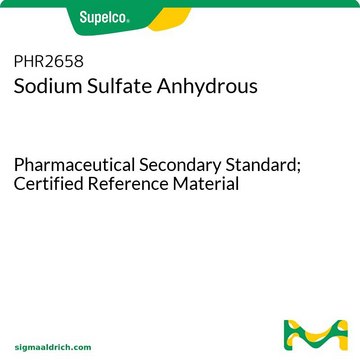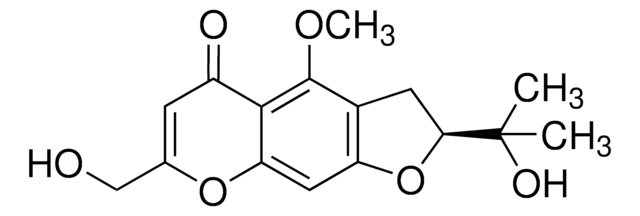SCP0168
Histone Deacetylase Substrate
≥95% (HPLC), lyophilized
About This Item
Productos recomendados
Nombre del producto
Histone Deacetylase Substrate,
assay
≥95% (HPLC)
form
lyophilized
composition
Peptide Content, ≥85%
storage condition
protect from light
storage temp.
−20°C
Amino Acid Sequence
Application
Storage Class
11 - Combustible Solids
wgk_germany
WGK 3
flash_point_f
Not applicable
flash_point_c
Not applicable
Elija entre una de las versiones más recientes:
Certificados de análisis (COA)
¿No ve la versión correcta?
Si necesita una versión concreta, puede buscar un certificado específico por el número de lote.
¿Ya tiene este producto?
Encuentre la documentación para los productos que ha comprado recientemente en la Biblioteca de documentos.
Artículos
Epigenetic modifications are thought to occur through two key interconnected processes—DNA methylation and the covalent modification of histones.
Nuestro equipo de científicos tiene experiencia en todas las áreas de investigación: Ciencias de la vida, Ciencia de los materiales, Síntesis química, Cromatografía, Analítica y muchas otras.
Póngase en contacto con el Servicio técnico